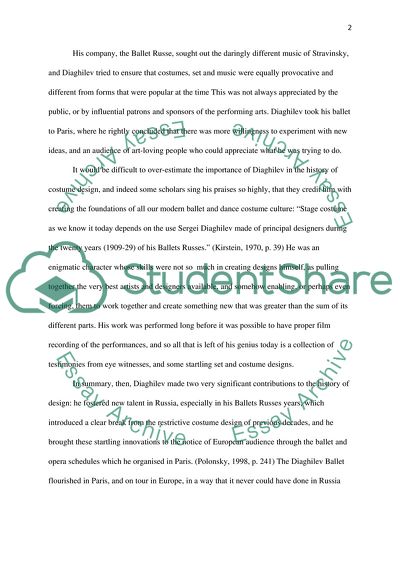Cite this document
(Innovations in Twenty First Century Costume Design Research Paper, n.d.)
Innovations in Twenty First Century Costume Design Research Paper. Retrieved from https://studentshare.org/performing-arts/1763655-arts-and-costume
Innovations in Twenty First Century Costume Design Research Paper. Retrieved from https://studentshare.org/performing-arts/1763655-arts-and-costume
(Innovations in Twenty First Century Costume Design Research Paper)
Innovations in Twenty First Century Costume Design Research Paper. https://studentshare.org/performing-arts/1763655-arts-and-costume.
Innovations in Twenty First Century Costume Design Research Paper. https://studentshare.org/performing-arts/1763655-arts-and-costume.
“Innovations in Twenty First Century Costume Design Research Paper”, n.d. https://studentshare.org/performing-arts/1763655-arts-and-costume.


